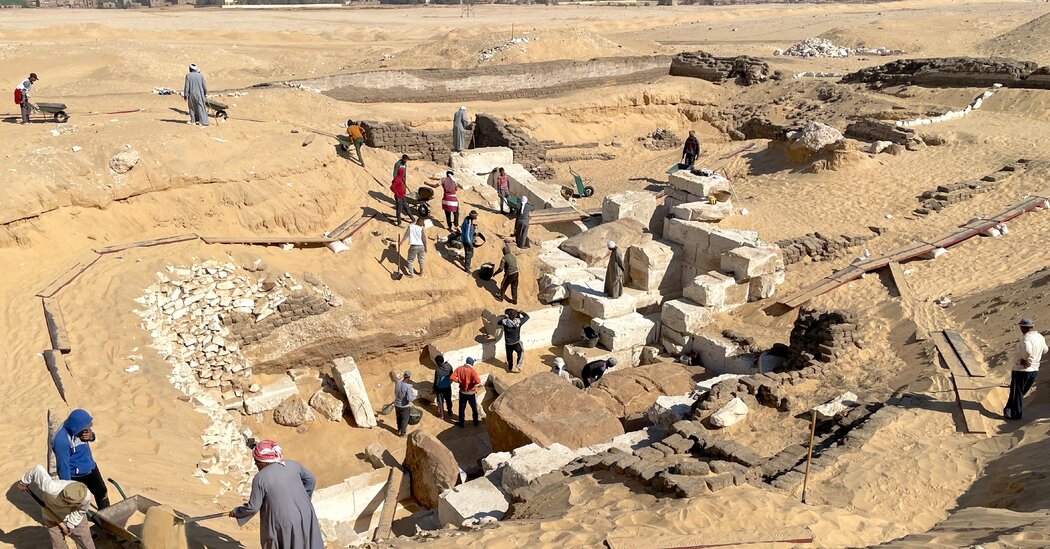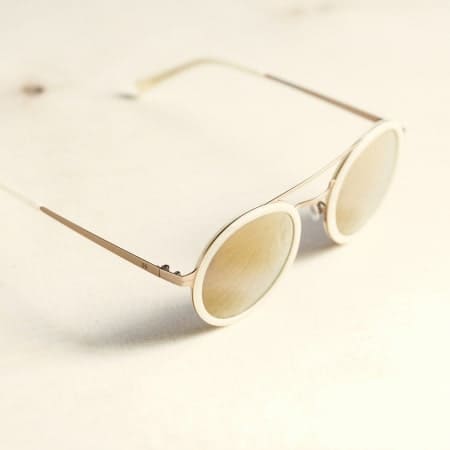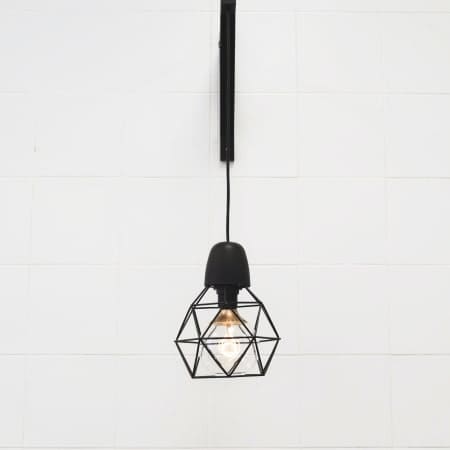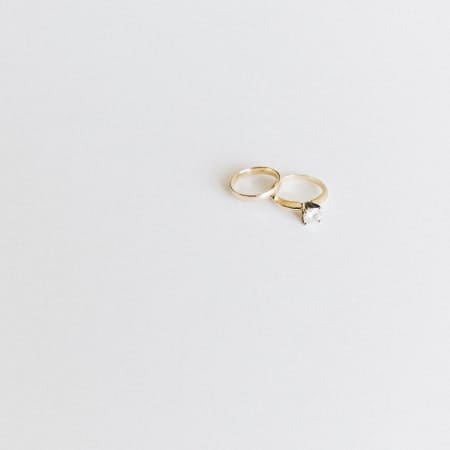
Archaeologists have unearthed the plenty tomb of an unknown pharaoh at an Egyptian necropolis, a staff of researchers mentioned on Thursday, in what they’re calling the second one discovery of a king’s tomb this month.
The staff of Egyptian and American archaeologists discovered the tomb, which the researchers estimate is 3,600 years used, just about 23 toes underground at Abydos, some of the oldest towns of historical Egypt. The town, about 300 miles south of Cairo, used to be a burial playground for early pharaohs and was a pilgrimage web page in antiquity. A necropolis advanced at Anubis Mountain to town’s south.
Researchers exposed the tomb on the mountain, on the bottom of a top wasteland cliff the place robust winds lift gusts of sand. In some parks across the necropolis, sand has buried constructions greater than 16 or 19 toes deep.
The burial chamber includes a adorned entryway, a number of rooms and hovering 16-foot vaults product of dust bricks. It dwarfs a tomb unearthed at Abydos over a decade in the past, which used to be hailed on the past as the primary subject matter evidence of a “lost” dynasty of kings there.
“It’s a new chapter in investigating this dynasty,” Josef W. Wegner, a curator on the Penn Museum in Philadelphia and the chief of the American aspect of the excavation, mentioned in an interview on Wednesday. “It’s pretty exciting.”
Egypt’s Ministry of Tourism and Antiquities in brief described the findings at Abydos previous this day, however researchers on the Penn Museum introduced extra about their discovery on Thursday.
Similarities between the newly unearthed tomb and the only came upon in 2014, which belonged to a king named Seneb-Kay, have led the archaeologists to conclude that the as-yet-unknown pharaoh will have been an previous member of the so-called Abydos dynasty.
Within the newly came upon tomb, painted scenes on plastered brickwork adorned the doorway to the limestone burial chamber, appearing the goddess Isis and her sister Nephthys, who had been incessantly paired in funerary rites.
“This tomb and Seneb-Kay’s tomb are the earliest surviving royal tombs that actually have painted decorations inside of them,” Mr. Wegner mentioned.
However there have been disagree identifiable skeletal residue on the newly unearthed web page and, like a tomb discovered close the Valley of the Kings previous this month, the only at Abydos has suffered primary injury over the centuries.
At Abydos, grave robbers picked the tomb in large part blank. A magnificent relax within the burial chamber for canopic jars — vessels for organs, in most cases held in a gilded field — stood deserted. Archaeologists have discovered pottery and inscriptions round Abydos appearing that, right through the past due Roman length round 1700 years in the past, crowd had been digging into tombs to take out the limestone, granite and quartzite inside.
And even supposing the title of the ruler within the newly excavated tomb had as soon as been seeing in yellow bands of hieroglyphic texts, the movements of historical grave robbers had rendered it illegible.
“They did just enough damage to the decoration that we have just the very base of what would have been the identifying text columns,” Mr. Wegner mentioned.
The annoyed staff of researchers expressed “some cuss words,” Mr. Wegner added. “But the archaeological record doesn’t always yield exactly what you hope for, so you keep going.”
Anna-Latifa Mourad-Cizek, a tutor of archaeology on the College of Chicago who used to be now not concerned within the analysis, referred to as the fresh excavation “highly significant” and mentioned it will upload to what slight is understood about “a fascinating period when Egypt was controlled by competing powers.”
The week used to be “politically enigmatic,” she mentioned, outlined through financial instability and warring kingdoms.
It gave the impression to be “a phase of warrior pharaohs fighting it out,” Mr. Wegner mentioned, noting that Seneb-Kay’s skeleton prompt he will have died in struggle. The length additionally laid “the groundwork for the great empire of the New Kingdom,” when Egypt used to be reunited through the rulers of Thebes, he added.
The newly discovered tomb, Mr. Wegner mentioned, may just trade in perception into how the Nile Valley, within the past prior to the Brandnew Kingdom, had regularly fragmented amongst rival rulers. The findings prompt, he mentioned, that the Abydos dynasty used to be now not “a kind of flash in the pan where you’ve got a handful of kings breaking off from whatever original territory they belonged to.”
Year the level of the land managed through the ones buried right here isn’t identified, “the Abydos dynasty kings only appeared to rule a region around the city, rather than all of Egypt,” mentioned Matthew Adams, an archaeologist who works on an unrelated undertaking within the segment. “But their use of the title of ‘king’ suggests they had aspirations to something greater.”
Mr. Wegner mentioned there are a lot applicants for who have been interred on this tomb, together with two kings named Senaiib and Paentjeni who devoted monuments at Abydos however whose tombs stay unknown. He added that the staff would paintings to lead and give protection to the web page, and that it had plans to retain excavating searching for alternative websites and tombs.
“It’s always our dream to find one that’s intact or partially intact,” he mentioned. “There may yet be tombs like that.”














